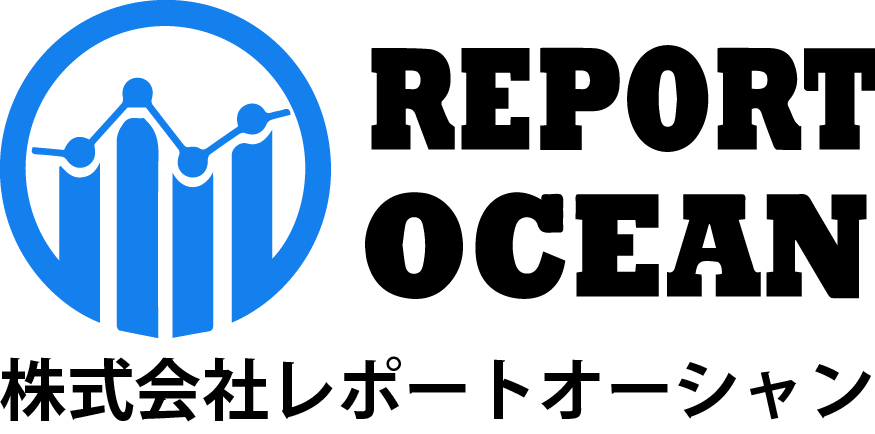日本太陽光発電市場規模、シェア、競争環境、動向分析レポート:タイプ別(単結晶シリコン、多結晶シリコン、薄膜セル、有機PV)、グリッドタイプ別(オングリッド、オフグリッド、ハイブリッド)、設置別(地上設置型、屋根設置型、建物一体型太陽光発電、浮体式太陽光発電)、 用途別(ソーラーファーム、電子機器、医療施設、公共インフラ、航空宇宙、建設、軍事及び防衛、輸送、その他)、エンドユーザー別(住宅、商業及び産業、公益事業): 2024-2032 年の機会分析と産業予測
レポートID : ROJP0624125 |
最終更新 : 2024年06月 |
フォーマット : ![]() :
: ![]() :
: ![]()
Table of Contents
1. Research Methodology
2. Project Scope & Definitions
3. Impact of Covid-19 on Japan Photovoltaics Market
4. Executive Summary
5. Voice of Customer
5.1. Product and Market Intelligence
5.2. Sources of Information
5.3. Factors Considered in Purchase Decisions
5.3.1. Overall Expenses
5.3.2. Facility Requirement
5.3.3. Operational Manpower Expertise
5.3.4. Number of Installation Units
5.3.5. Experience in the Industry
5.3.6. Efficiency
5.3.7. After-Sales Support
5.4. Purpose of Installation
5.5. Demand and Supply Mechanism
5.6. Consideration and Understanding of Safety Regulations
5.7. Application of Legal Compliances
5.8. Existing User or Intended Purchaser
6. Japan Photovoltaics Market Outlook, FY2017-FY2031F
6.1. Market Size & Forecast
6.1.1. By Value
6.1.2. By Volume
6.2. By Type
6.2.1. Monocrystalline Silicon
6.2.2. Polycrystalline Silicon
6.2.3. Thin Film Cells
6.2.3.1. Amorphous silicon
6.2.3.2. CIGS (Copper Indium Gallium Selenide)
6.2.3.3. Cadmium Telluride (CDTE)
6.2.3.4. Perovskite Solar Cells
6.2.4. Organic PV
6.3. By Grid Type
6.3.1. On Grid
6.3.2. Off Grid
6.3.3. Hybrid
6.4. By Installation
6.4.1. Ground Mounted
6.4.1.1. Foundation Mount
6.4.1.2. Ballasted Footing Mount
6.4.1.3. Pole Mount
6.4.1.4. Multi-pole Mount
6.4.1.5. Smart Flower
6.4.2. Roof Mounted
6.4.2.1. Railed Mounting
6.4.2.2. Rail-less Mounting
6.4.2.3. Shared Rail Mounting
6.4.2.4. Flat Roof Ballasted Racking System
6.4.3. Building-integrated Photovoltaics (BIPV)
6.4.4. Floating Photovoltaics
6.5. By Applications
6.5.1. Solar Farms
6.5.2. Electronic Devices
6.5.3. Healthcare Facilities
6.5.4. Public Infrastructure
6.5.5. Aerospace
6.5.6. Construction
6.5.7. Military and Defence
6.5.8. Transportation
6.5.9. Others
6.6. By End-user
6.6.1. Residential
6.6.2. Commercial & Industrial
6.6.3. Utility
6.7. By Region
6.7.1. North (Hokkaido, &Tohoku)
6.7.2. Central (Kanto, & Chubu)
6.7.3. South (Kansai, Chugoku, Shikoku, & Kyushu & Okinawa)
6.8. By Company Market Share (%), FY2023
7. Market Mapping, FY2023
7.1. By Type
7.2. By Grid Type
7.3. By Installation
7.4. By Applications
7.5. By End-User
7.6. By Region
8. Macro Environment and Industry Structure
8.1. Supply Demand Analysis
8.2. Import Export Analysis
8.3. Value Chain Analysis
8.4. PESTEL Analysis
8.4.1. Political Factors
8.4.2. Economic System
8.4.3. Social Implications
8.4.4. Technological Advancements
8.4.5. Environmental Impacts
8.4.6. Legal Compliances and Regulatory Policies (Statutory Bodies Included)
8.5. Porter’s Five Forces Analysis
8.5.1. Supplier Power
8.5.2. Buyer Power
8.5.3. Substitution Threat
8.5.4. Threat from New Entrant
8.5.5. Competitive Rivalry
9. Market Dynamics
9.1. Growth Drivers
9.2. Growth Inhibitors (Challenges and Restraints)
10. Key Players Landscape
10.1. Competition Matrix of Top Five Market Leaders
10.2. Market Revenue Analysis of Top Five Market Leaders (in %, FY2023)
10.3. Mergers and Acquisitions/Joint Ventures (If Applicable)
10.4. SWOT Analysis (For Five Market Players)
10.5. Patent Analysis (If Applicable)
11. Pricing Analysis
12. Case Studies
13. Key Players Outlook
13.1. Mitsubishi Electric Corporation
13.1.1. Company Details
13.1.2. Key Management Personnel
13.1.3. Products & Services
13.1.4. Financials (As reported)
13.1.5. Key Market Focus & Geographical Presence
13.1.6. Recent Developments
13.2. Solar Frontier Co. Ltd
13.3. Luxor Solar
13.4. Kyocera Group
13.5. Panasonic Corporation
13.6. Toshiba Corporation
13.7. Solar Frontier Co. Ltd
13.8. Fujipream Corporation,
13.9. JinkoSolar Japan K.K.
13.10. Looop Inc
13.11. Sumimoto Electric Industries Ltd.
*Companies mentioned above DO NOT hold any order as per market share and can be changed as per information available during research work
14. Strategic Recommendations
15. About Us & Disclaimer
無料サンプルを入手する ![]()
この無料サンプルには、トレンド分析から推定・予測まで、さまざまなデータが含まれています。
最新レポート
お問い合わせ
-
- JAPAN : 03-6899-2648
-
- EMAIL : [email protected]







